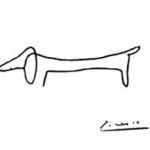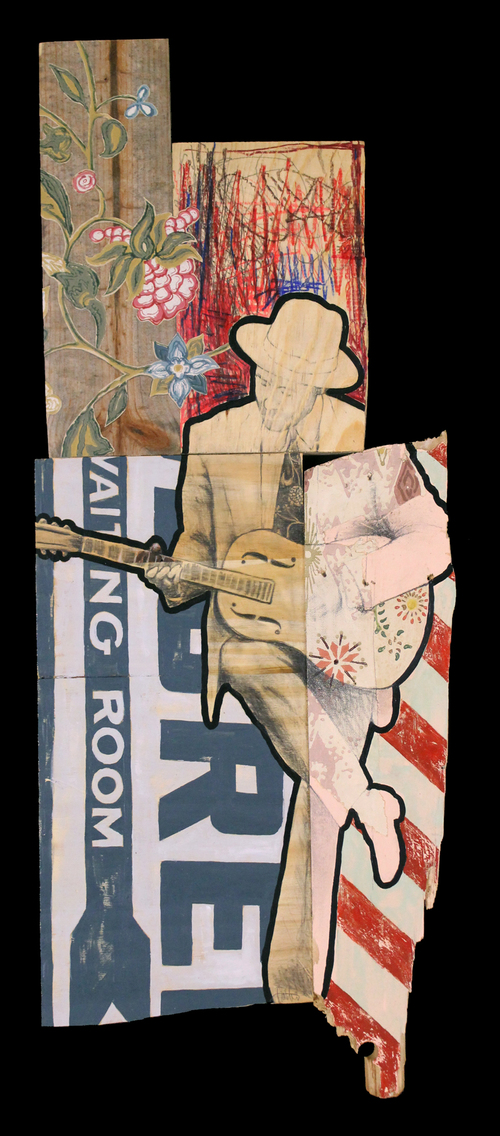Intro and Advanced Drawing and Painting

I like the way artist Jill Saur writes about Gesture drawing below.
“Gesture drawings are quick, loose drawings. You don't stop the motion of your hand while doing it. Also, you don't take your pen off of the surface to move it to another point, you just drag it over…
…the gesture drawing focuses more on the inference of the figure, not an exact replica of what you see. Practicing quick gesture drawings will train your eye-brain-hand co-ordination to pick up on lines and see where they are in relation to other lines. Before you begin a fine drawing or painting, gesture it first to get a 'feel' for what you are going to do.”
…the gesture drawing focuses more on the inference of the figure, not an exact replica of what you see. Practicing quick gesture drawings will train your eye-brain-hand co-ordination to pick up on lines and see where they are in relation to other lines. Before you begin a fine drawing or painting, gesture it first to get a 'feel' for what you are going to do.”
In class we will be drawing several quick sketches of objects and people. In the beginning we will only be concerned about trying to get proportions correct and capturing the essence of the object on paper. We will be looking for lines that define the movement and the proportions of the subject matter.
Sketchbook Assignment:
You are required to do a dozen gesture drawings in your sketchbook. Draw your dog, parents, friends, hands...anything you like, as long as there is variety. The gesture drawings should be times. Try 30 seconds to 2 minutes. Make sure you are timing yourself and stop when the time is up.

























